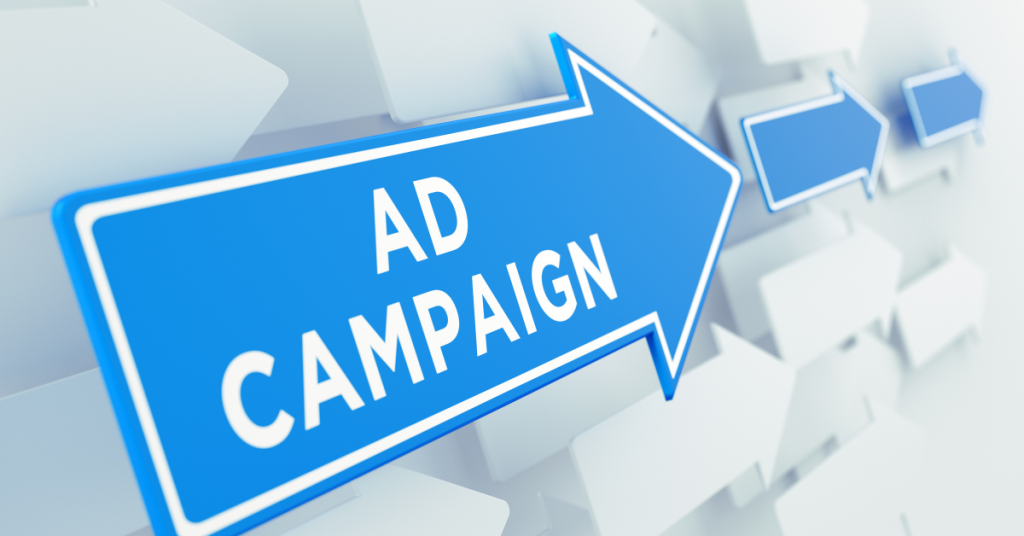
User Review
( votes)Introduce yourself to the world of paid advertising—a game-changer that provides tiny businesses hoping to have a big impact with a glimmer of hope. Along with leveling the playing field, this dynamic tool creates a world of opportunities for focused outreach and measurable results.
Your small business may experience exponential growth if you can understand the true meaning of paid advertising. Let’s explore how using paid advertising to its full potential may revolutionize your approach to digital marketing and help you grow your business.
Understanding Paid Advertising
Paid advertising is a marketing strategy that involves paying for space to promote products, services, or brands on various platforms. Unlike organic growth strategies, which rely on non-paid methods like SEO and social media engagement to gradually build brand visibility and customer base, paid advertising offers a direct and immediate pathway to increase reach and drive conversions. This approach allows businesses to target specific demographics, interests, and behaviors, ensuring that their marketing messages are seen by a highly relevant audience.

Platforms for Paid Advertising
Several platforms offer robust paid advertising options, each with unique features and benefits:
- Google Ads: Allows businesses to display ads in Google’s search results and on other Google properties and websites in the Google Display Network. Advertisers can target users based on the keywords they search for, making it highly effective for capturing high-intent traffic.
- Facebook Ads: Provides access to a vast user base and detailed targeting options based on demographics, interests, and user behavior. Facebook Ads can appear in users’ News Feeds, in the right column on the desktop, and on Instagram, Messenger, and the Audience Network.
- Instagram Ads: Operated through the same platform as Facebook Ads, allowing for visually compelling advertisements in the form of stories, posts, and more. Instagram’s highly engaged user base makes it an excellent platform for brand awareness and visual products.
- LinkedIn Ads: Best suited for B2B companies, LinkedIn Ads allow targeting by profession, job title, industry, and more, making it ideal for reaching decision-makers and professionals.
- Twitter Ads: Offers opportunities for businesses to promote their tweets, accounts, or trends, targeting users based on their interests, who they follow, and their interactions on Twitter.
Paid Advertising vs. Organic Growth
The main difference between paid advertising and organic growth lies in the approach and time frame for achieving visibility and engagement. Paid advertising provides immediate visibility and targeted reach, with advertisers paying for each click or impression. This method is highly measurable, allowing for quick optimization based on performance data.
On the other hand, organic growth focuses on building a brand presence over time through content creation, SEO, and engagement on social media platforms. While slower to show results, organic growth can establish a solid foundation of loyal customers and brand authority, contributing to long-term success.

How to Get Started with Paid Advertising
Embarking on a paid advertising journey can be a game-changer for businesses looking to boost their online presence and drive targeted actions from their audience. To navigate this path successfully, it’s essential to start with a solid foundation built on clear objectives, smart budgeting, and choosing the right platform. Here’s how to kickstart your paid advertising efforts:
Setting Clear Objectives
The first step in any successful paid advertising campaign is to define what you hope to achieve. Whether your goal is to increase brand awareness, generate leads, drive website traffic, or boost sales, having specific, measurable objectives is crucial. These goals will guide your campaign strategy, ad design, and targeting decisions, and help you measure success.
Brand Awareness: Focus on reaching a wide audience to introduce your brand.
Lead Generation: Target users likely to be interested in your offerings and encourage them to provide contact information.
Sales: Drive direct purchases or inquiries about your products or services.
Budgeting Smartly
Allocating your advertising budget effectively is key to ensuring that your paid advertising efforts are both sustainable and impactful. Start by determining an overall budget that aligns with your marketing goals and business size. Then, consider the following:
Cost-Effectiveness: Begin with a test budget to experiment with different platforms and ad formats to see what works best for your business.
ROI Focus: Allocate more budget to campaigns and platforms that show the best return on investment.
Continuous Optimization: Adjust your spending based on campaign performance data to maximize results.
Choosing the Right Platform
The choice of platform for your paid advertising campaign should be dictated by where your target audience spends their time and the specific objectives of your campaign.
This strategic approach ensures that every dollar spent on advertising works towards achieving your business goals, setting the stage for growth and success in the digital arena.

Crafting Effective Ad Campaigns
Creating an effective ad campaign is both an art and a science, requiring a blend of creativity, strategic thinking, and ongoing optimization. At the heart of successful ad campaigns lie three fundamental components: compelling copy, attractive visuals, and a strong call-to-action (CTA). These elements, when combined effectively, can capture attention, engage the audience, and inspire action.
Key Components of a Successful Ad
Compelling Copy: The text of your ad should speak directly to your target audience, addressing their needs, desires, or pain points. A compelling copy is clear, concise, and persuasive, making a case for why the viewer should be interested in your offering. It should evoke emotion or curiosity, prompting the reader to want to learn more.
Attractive Visuals: Humans are visual creatures, and an ad’s visual elements are often the first to draw attention. Whether it’s a high-quality image, an engaging video, or eye-catching graphics, your visuals should be relevant to your message and aesthetically pleasing.
Strong Call-to-Action (CTA): Every effective ad campaign has a clear call-to-action that tells the audience exactly what step to take next. Whether it’s “Shop Now,” “Learn More,” “Sign Up,” or “Get Started,” your CTA should be prominent and persuasive, encouraging immediate action.
The Importance of A/B Testing
A/B testing involves creating two versions of an ad that are identical except for one variation, which could be the headline, image, ad copy, or CTA. By running these ads simultaneously to a similar audience, businesses can collect data on the performance of each version and determine which elements resonate most with their target market.
A/B testing allows advertisers to make data-driven decisions, gradually refining their advertising approach for optimal performance. This iterative process can significantly improve the effectiveness of ad campaigns, leading to higher engagement rates, increased conversions, and a better return on investment.
Analyzing and Optimizing Your Ad Campaigns
The success of your ad campaigns hinges not just on the creativity and initial execution but also on your ability to analyze performance and optimize based on data. Understanding which metrics to track and how to interpret them can transform your advertising efforts from good to great, ensuring that your campaigns continually evolve to meet your business objectives more effectively.
Essential Metrics to Track
Click-Through Rate (CTR): This measures the percentage of people who click on your ad after seeing it. A high CTR indicates that your ad is relevant and engaging to your target audience.
Conversion Rate: This metric tracks the percentage of clicks that result in the desired action, such as a purchase, sign-up, or download. It helps assess the effectiveness of your ad in driving conversions.
Cost Per Click (CPC) and Cost Per Acquisition (CPA): CPC measures the cost for each click on your ad, while CPA looks at the cost associated with acquiring a customer through the ad. These metrics are crucial for understanding the financial efficiency of your campaigns.
Return on Ad Spend (ROAS): This calculates the revenue generated for every dollar spent on advertising. ROAS is vital for evaluating the profitability of your ad campaigns.
Engagement Rate: For campaigns aimed at boosting engagement, this metric reflects the level of interaction (likes, shares, and comments) with your ad. It’s particularly relevant for brand awareness and community-building objectives.
Using Analytics to Continuously Improve
To leverage analytics for ongoing improvement, follow these steps:
Regular Monitoring: Set up a routine for checking campaign performance regularly. This enables you to catch any issues early and adjust your strategy as needed.
Deep Dives into Data: Beyond surface-level metrics, analyze audience behavior, ad placement performance, and time-of-day effects. These insights can uncover opportunities for optimization.
Segmentation: Break down your data by demographics, device usage, or geographic location to identify trends and patterns that can inform more targeted strategies.
Test, Learn, and Iterate: Use A/B testing to experiment with different aspects of your ads, from messaging and visuals to targeting criteria. Apply the learnings from these tests to refine your approach.
Leverage Automation Tools: Many advertising platforms offer automation and AI-driven tools for optimization. These can help adjust bids, pause underperforming ads, and reallocate the budget to top performers without manual intervention.
Feedback Loop: Integrate customer feedback and conversion data back into your campaign strategy to ensure your ads remain relevant and compelling to your target audience.
Conclusion
Paid advertising stands as a testament to the power of strategic investment in digital marketing. It offers unparalleled control and flexibility, allowing businesses to tailor their approach to meet specific objectives, adjust campaigns in real time, and optimize for better outcomes based on data-driven insights. With the ability to reach targeted audiences across the globe and track every aspect of a campaign’s performance, paid advertising provides a clear path to growth and success in the competitive digital landscape.







